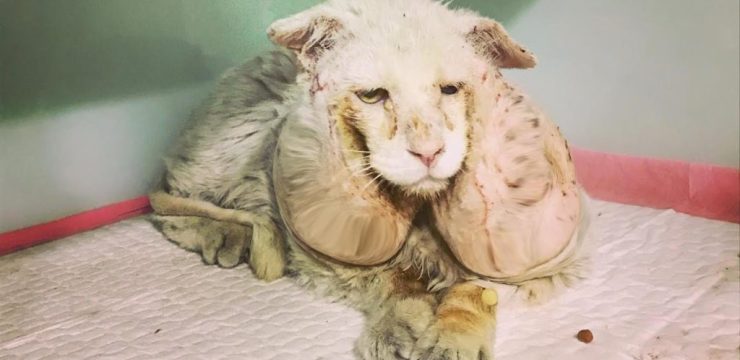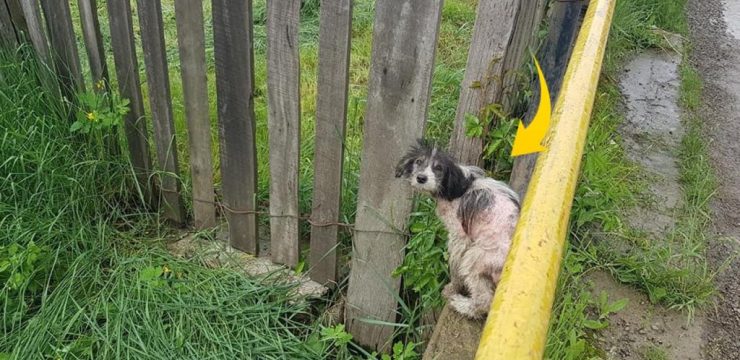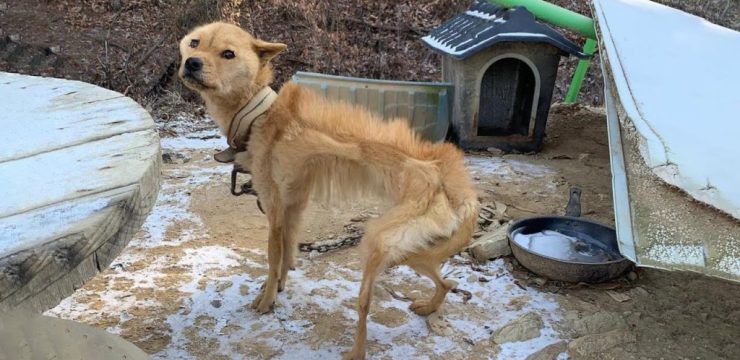Barns have long been central to rural life, not just as shelters for livestock or storage for crops but also as unexpected homes for barn owls. In the past, farmers had a unique relationship with these birds, seeing them as natural pest controllers. This symbiotic connection, which dates back centuries, highlights both traditional skills and a deep respect for the environment.

The History of Farmers and Barn Owls
For generations, farmers viewed barn owls as allies in their fight against pests. Recognizing their ability to control rodent populations, farmers went a step further by actively building nest boxes within their barns. These boxes provided owls with a safe, sheltered spot to rest and nest. It wasn’t just about controlling pests—it was an early form of environmentally conscious farming. Even before formal wildlife conservation efforts existed, this practice demonstrated how farmers valued nature’s balance and sought to integrate it into their daily work.
Constructing Nest Boxes: A Blend of Ingenuity and Tradition
Farmers didn’t have fancy materials or resources at their disposal, but that didn’t stop them from building functional homes for barn owls. Using simple materials like straw and wood found around the barn, they crafted sturdy, well-ventilated nest boxes. They made sure the boxes had proper drainage to keep them dry and comfortable for the owls.
These nest boxes were strategically placed in secluded spots, such as quiet corners, rafters, or lofts, where barn activity wouldn’t disturb the owls. This thoughtful design allowed both the farmers and the owls to coexist harmoniously. It was a mutually beneficial arrangement that spoke volumes about the farmers’ deep respect for the natural world.
A Tradition Passed Through Generations
Building barn owl nests has become more than just a farming technique—it’s evolved into a cherished family tradition passed down from one generation to the next. What began as a practical solution has grown into a meaningful symbol of sustainable farming. The skill of creating these boxes is often taught to younger generations, who adapt the designs to modern needs while still honoring their family’s agricultural heritage.
More Than Pest Control: A Legacy of Sustainable Farming
This unique interaction between farmers and barn owls was never just about reducing rodent populations. It represented a broader philosophy of farming that embraced the environment rather than fought against it. Farmers saw the value of working with nature’s own pest control instead of relying on artificial methods, making it a form of early ecological awareness.
The ongoing practice of building and maintaining barn owl nests also symbolizes the enduring cooperation between humans and the natural world. It’s a testament to the idea that agriculture can coexist with wildlife, fostering both productivity and biodiversity.
Preserving Agricultural Heritage
Today, the commitment to preserving these nesting traditions speaks to the deeper connection between rural communities and the environment. While modern agricultural methods have introduced new techniques for pest management, the tradition of building nest boxes for barn owls remains a symbol of harmony between people and nature.
As we look back at this practice, it’s clear that it goes beyond simply keeping pests at bay. It represents an understanding of and respect for natural ecosystems—a philosophy that still holds valuable lessons for sustainable agriculture today. In a world that often emphasizes quick fixes, this long-standing tradition of working with barn owls reminds us of the benefits of patience, balance, and the rewards of respecting nature’s cycles.





